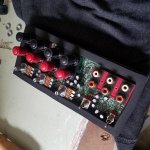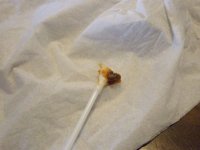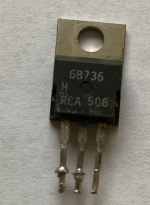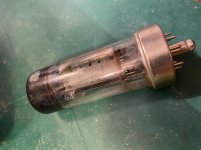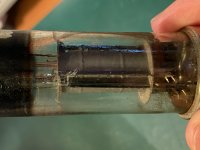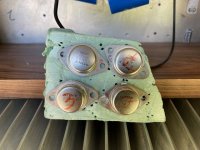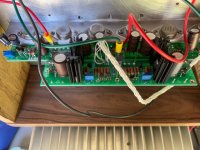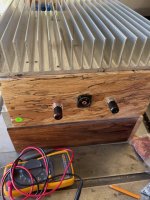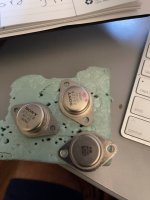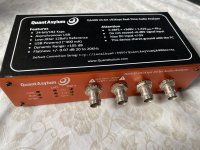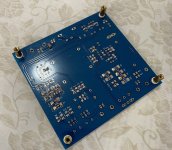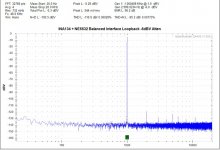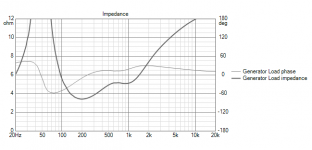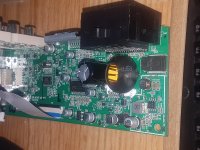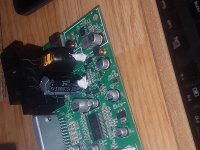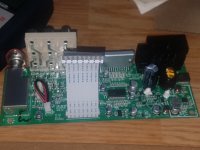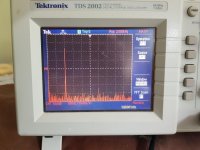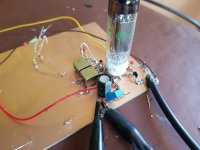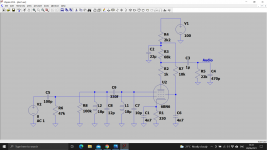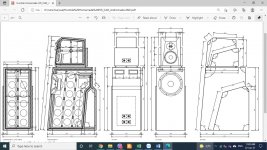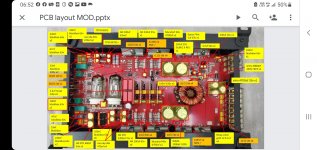I'm having a really hard time making sense out of the results I'm having with a box I've been modeling in WinISD.
It has a 10'' speaker whose main T/S parameters (Vas, mms, Sd, Re, Qms, Qes, Qts and Fs) were precisely measured more than 6 times after I built it.
I sanity-checked every instrument and my calculations, nothing wrong in there. Every re-test got always very similar results and they're all very consistent with other measurements made before I built the speaker (as the Mms, Cms and Bl).
The box couldn't be simpler, it's a 2 cm thickness MDP box lined with felt. Measuring its volume is a rather trivial task, as well as estimating the correction due to the speaker baskets and magnets occupying part of that volume (final estimate was 42 L).
It has a 83 mm circular opening in the front, right at the side of the sub:
That should count (as far as I'm concerned) as a double-flanged 20 mm in length and 83 mm diameter port, but, spoiler alert, the end correction is very far from even being relevant to the discrepancies here.
I've found said discrepancies because I calculated that if I put a 70 mm diameter 55 mm length vent in the opening it would give me the "flatest" response, plus a large gain in the low-end.
Reality was the inverse, the low-end was nearly entirely louder (obviously louder) without the vent, only below 45 Hz it became louder with it, 45 Hz being the point where both configurations where equally loud (and once I'm comparing a frequency with itself, differences in room response and hearing sensitivity don't interfere, they would if I were comparing responses at different frequencies).
This made no damn sense considering this here was the spl graphs for a same small signal (green=without added vent, red=with added vent):
So, as I was sure of the T/S parameters, I've decided to make impedance measurements with the speaker on the enclosure.
Without the added vent I found two maxima, one in 42.8 Hz and other in 86.7 Hz, the second maxima having a higher impedance.
Then, going back to WinISD and changing only the box tuning down I could get the maxima in the impedance graph to match (as well as their magnitudes), but this required tuning the box down to 48 Hz.
Then I made it again with the vent added and it matched the box tuned in 41 Hz in WinISD.
Then, comparing the SPL graphs I got in WinISD, it finally made sense with reality:
The point where both generated the same SPL was around 50 Hz. Not exactly what I found by ear but close enough, and now everything is coherent with reality and the measurements I made.
But the question remains: How in the hell can this box be tuned so low with these vents?
According to WinISD, both would need to be about 110 mm in length (with their respective diameters) to match that.
What in the world is happening here?
Ps.: I'm also feeling a bit stupid for having all of this work and finding that, apparently, the optimally flat response required no additional work, just the original opening, being that I made an entirely different speaker and no attempt was made to match the original.
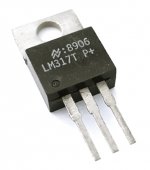
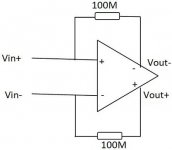
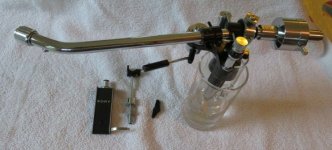
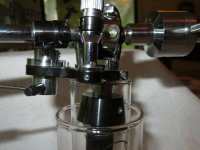
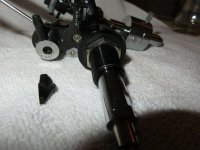
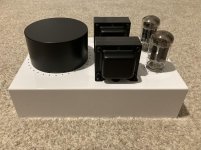
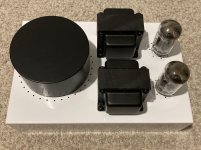
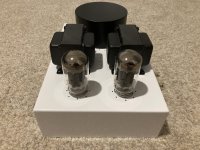
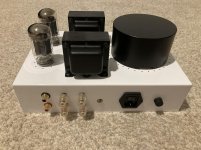
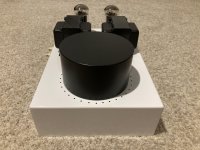
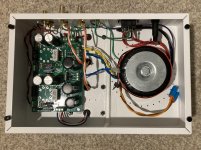
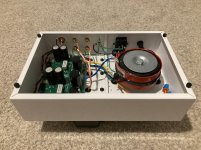
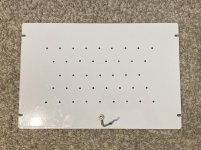
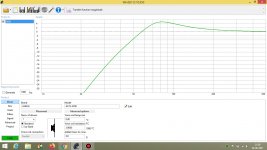
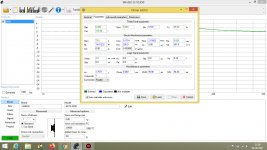
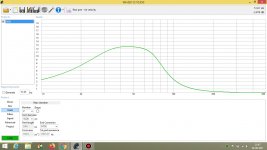
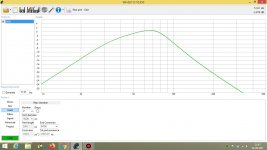

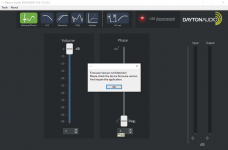


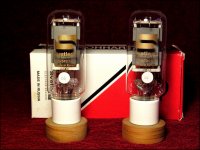
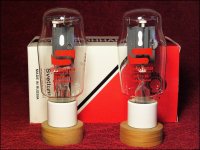
![IMG_6061[1].jpg](/community/data/attachments/863/863694-e900b8bb8067aaed683540ee97620ec6.jpg?hash=6QC4u4Bnqu)
![IMG_6063[1].jpg](/community/data/attachments/863/863720-f91e2de50dde1bb9a201edefc58bdac6.jpg?hash=-R4t5Q3eG7)
